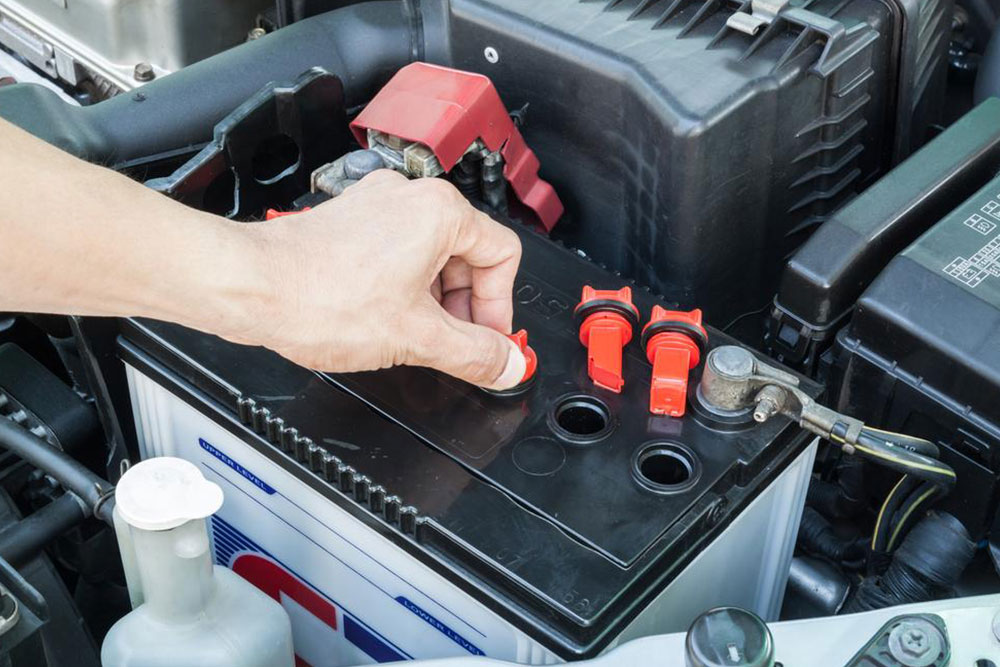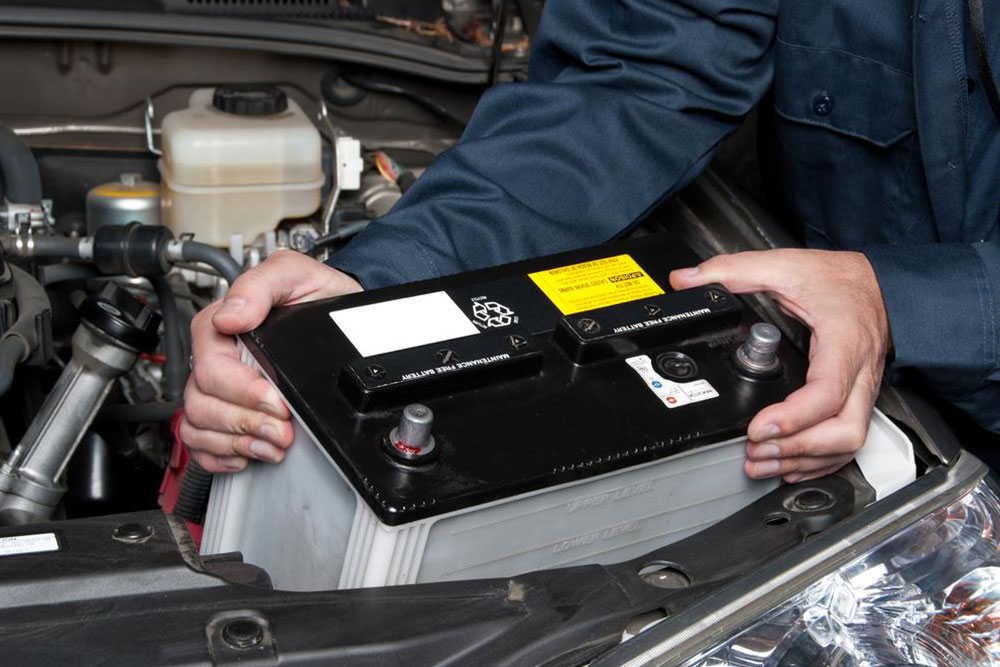Comprehensive Strategies to Maximize Your Car Battery's Durability and Performance
Learn comprehensive strategies to maximize your car battery's lifespan with expert tips on maintenance, cleaning, and professional inspections. Proper battery care prevents surprises and enhances vehicle reliability, ensuring your overall driving experience remains smooth and safe. This detailed guide covers everything from water level checks to voltage monitoring, helping you extend your battery's service life effectively.

Comprehensive Strategies to Maximize Your Car Battery's Durability and Performance
The car's battery serves as the powerhouse that enables the engine to start and ensures the smooth operation of all electrical components within your vehicle. On average, a typical car battery lasts between three to five years, but its lifespan can vary significantly depending on environmental conditions, usage patterns, and maintenance practices. Proper care and regular inspections are vital to maximize your battery's performance, prevent unexpected failures, and extend its service life. This detailed guide provides you with effective tips and best practices to help you maintain your vehicle's battery health effectively.
Understanding the basic structure and function of your car battery is the first step toward proper maintenance. Most automotive batteries are housed within a plastic casing, which contains chemical cells that generate electrical power. The battery has two terminals—positive and negative—usually made of brass or lead alloy, which connect to your vehicle's electrical system. Ensuring these terminals are clean and corrosion-free is critical for optimal power transfer and longevity.
Battery maintenance isn't just about keeping the terminals clean. It involves a series of routine checks and care practices that, when performed consistently, can significantly enhance your battery’s lifespan. Below are comprehensive tips and insights on how to care for your car battery effectively:
Locating and Understanding Your Vehicle's Battery
Most car batteries are situated within the engine bay, typically secured within a plastic casing. You can usually find the battery positioned near the front of the engine compartment, although placements may vary depending on the vehicle model. The battery has two key terminals: the positive (+) and negative (−). These are connected via heavy-duty cables to the vehicle's electrical system. Familiarizing yourself with the location and layout of your battery is essential for performing routine inspections and maintenance tasks efficiently.
Checking and Maintaining Water Levels in Wet Cell Batteries
There are two primary types of automotive batteries: wet cell (flooded) and absorbed glass mat (AGM). Wet cell batteries contain liquid electrolyte that requires regular maintenance. It's advisable to check the water levels of these batteries every two to three months. To do this, carefully remove the caps from the refill holes and visually inspect the electrolyte level. The water should cover the plates but not touch the top of the case. Use distilled water to refill if necessary, and always ensure the water level stays below the bottom of the refill opening to avoid spilling or overfilling.
AGM batteries, on the other hand, are maintenance-free and do not require water level checks under normal circumstances. However, understanding the differences and proper care methods for each type can help you maintain optimal battery health.
Cleaning Battery Terminals for Peak Performance
Corrosion build-up on terminals is a common issue that hampers the flow of electricity, leading to difficulty starting the vehicle or electrical glitches. To prevent this, inspect the terminals regularly and clean them at least twice a year. Use a mixture of baking soda and water applied with a non-metallic brush or wire brush to remove corrosion deposits. Always disconnect the cables before cleaning—start with the negative terminal, followed by the positive. After cleaning, rinse with water and dry thoroughly before reconnecting the cables.
Applying Protective Grease to Extent Battery Longevity
After cleaning, applying a thin layer of high-temperature grease or petroleum jelly to the terminals provides an additional layer of protection against moisture and corrosion. This preventive measure helps maintain a secure connection and extends the overall lifespan of your battery terminals and cables.
Monitoring Cell Voltage and Ensuring Proper Charging
Regular voltage checks can help identify potential issues before they lead to battery failure. During routine vehicle maintenance, ask your mechanic to test your battery’s voltage and overall health. A fully charged automotive battery should read approximately 12.6 volts when the engine is off. A healthy battery should maintain a steady voltage above 12.4 volts. During engine operation, the voltage should range from 13.7 to 14.7 volts, indicating proper charging. If voltage readings are consistently low, you might need to replace the battery or inspect the alternator and charging system.
Checking and Replacing Battery Insulators and Heat Shields
Some vehicles are equipped with insulators or heat shields around the battery to protect it from overheating, especially in high-temperature environments. Over time, these insulators can dry out, crack, or become less effective. Regular inspection and replacement of damaged insulators help prevent overheating, which can accelerate battery wear and reduce lifespan.
Importance of Regular Professional Battery Inspections
While basic maintenance can be performed at home, periodic professional inspections by a qualified mechanic are essential. Experienced technicians can perform comprehensive battery tests, including load testing, electrolyte analysis, and terminal health assessments. They can also identify underlying issues with the charging system and recommend timely replacements, saving you from unexpected breakdowns.
Driving Habits and Environmental Considerations
Your driving style and environmental conditions significantly impact your battery's health. Frequent short trips, prolonged idling, and high heat or cold exposure can accelerate battery wear. To maximize your battery's lifespan, try to minimize short-distance driving, avoid leaving electrical accessories on when the engine is off, and park in shaded or temperature-controlled environments whenever possible.
Final Tips for Extending Your Car Battery’s Life
Practicing good battery care involves several straightforward steps that, combined, can greatly enhance your battery's durability:
Perform routine inspections of terminals and water levels.
Keep terminals clean and protected with grease.
Monitor voltage regularly and seek professional testing annually.
Avoid frequent short trips and minimize exposure to extreme temperatures.
Replace worn-in insulators or heat shields as needed.
Schedule periodic professional maintenance checks.
In conclusion, taking proactive measures to care for your car battery can prevent unexpected failures, save money on repairs, and ensure your vehicle remains reliable. Regular maintenance, combined with attentive driving habits, will help preserve your battery’s health for years to come. Remember, a well-maintained battery contributes to the overall performance and safety of your vehicle — drive safely and keep your battery in top condition!





